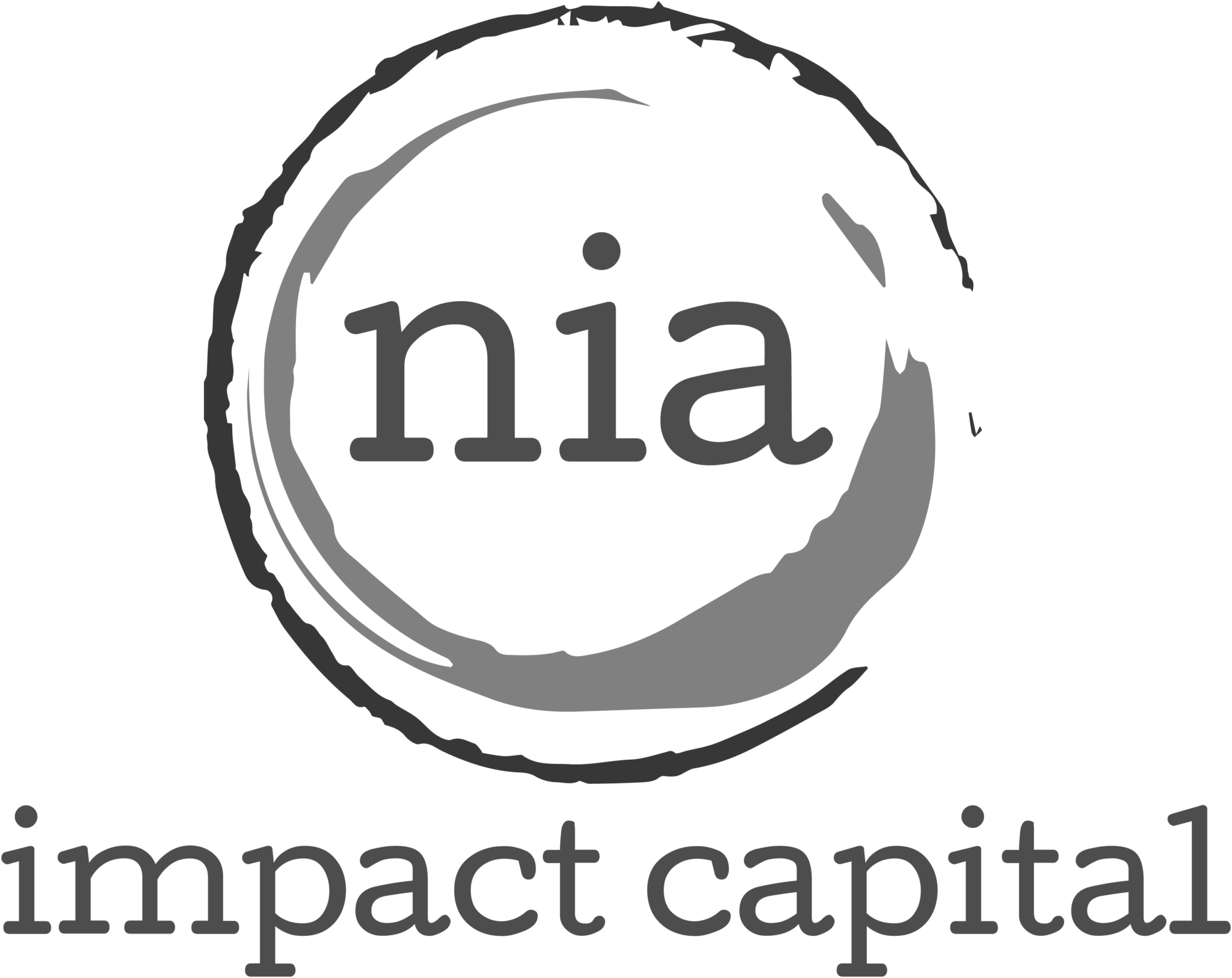On Tour Resources 2017: Film Program Information
Below you will find lots of helpful information about films and how to create your film program. You have access to both 2016 and 2017 films. We suggest that you first look at the Film Categories documents. Once you’ve found interest in films covering topics you like, use the Film Synopses documents to read more about them. Make a list of films you’d like to view at their full length. The tour manager provides links for you to view all the full-length films you are able to select from for your event.
Get to know the films:
- 2016 Film Synopses
- 2016 Excel Sheet: Film Regions / Film Genres / Filmmaker Contact Information
- 2017 Film Synopses
- 2017 Excel Sheet: Film Regions / Film Genres / Filmmaker Contact Information
Begin Constructing your Film Program:
- Refer to the Film Program chapter of your Toolkit for guidance on creating a lineup.
- Keep the first and second half of your Film Program close to even in minutes/length.
– If you must go long on one-half, choose the first half before intermission. - If one-half or your Film Program is heavier/more issue-based, try to make it the first half.
– People tend to get sleepy by the second half. - Group films together that are similar in theme.
– This helps your audience deepen their understanding of the topic and
– creates a good flow to keep your audience’s attention. - End on a positive note before the break and at the end of the whole program.
– It’s okay to have a long film just before a break, so long as it is uplifting.
– If the film covers a heavy topic, place a short, fun film after it to end on an energetic/inspiring note. - On Tour film programs are meant to be entire events, a JOURNEY if you will.
– Pay attention to timing and what you place before and after intermissions.
– Make sure the lineup ensures that your audience has a complete experience.
Don’t forget to personalize your Film Program:
Find an Emcee – Choose someone who is charismatic, maybe a familiar face in your organization or community. Most importantly, find someone who is well spoken in front of an audience and who is interesting to listen to! Choose someone who is passionate about the environment and understands local issues and the need for community action.
- Refer to the Film Program chapter of your Toolkit for guidance on creating an Emcee Script and Emcee Talking Points.






